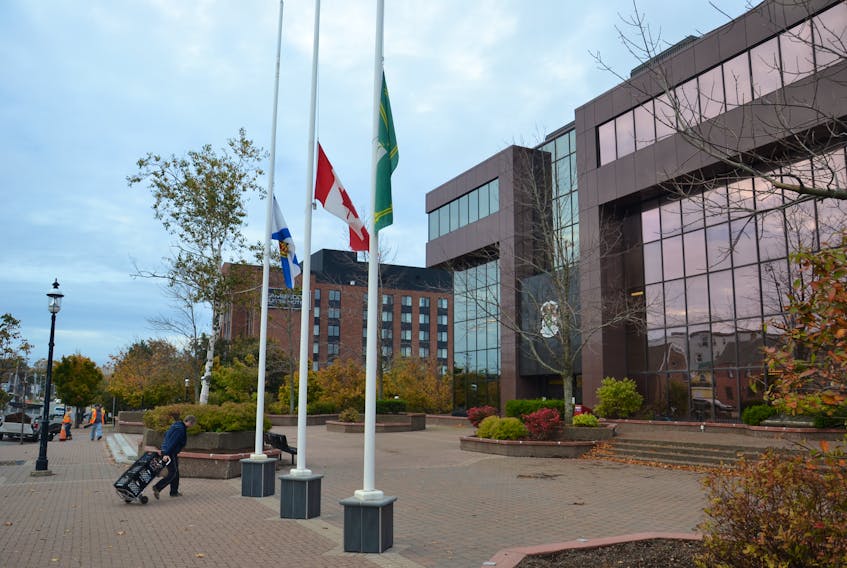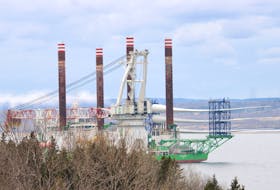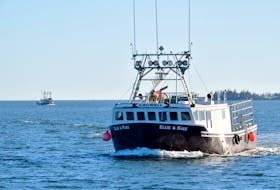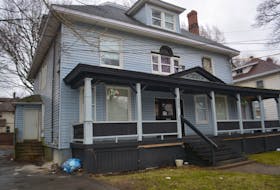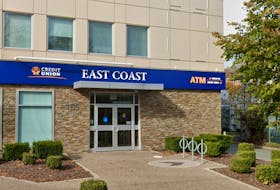Deliberations around the 2021-2022 budget have begun in the Cape Breton Regional Municipality and it looks like it will be a lively debate. You would think that $155 million in revenues would be sufficient to operate a municipality of 95,000 people but that does not appear to be the case.
Every year at this time the same discussion occurs around the council table. Projected revenues will not cover forecasted expenses. Where do we cut? What other levels of government will rescue us by sending a cheque to cover revenue shortfalls? Which council districts will be shorted their fair share of the budget pie? And on it goes.
Budgeting is a process the private sector struggles with as well. The difference being they are not having their discussions in full public view and they are not trying to get themselves re-elected every four years. Most entrepreneurs are simply trying to make payroll and pay their outstanding bills to survive another year.
Councillors, on the other hand, are trying to make all the people happy all the time. While that is not possible, it does not stop a councillor from trying.
I read the following quote from CBRM CFO Jennifer Campbell when she was explaining high property tax rates in a recent council meeting: “Our tax rates are high, but our assessment values are low, so overall the tax bill comparison shows they are paying significantly more taxes in HRM than we are paying here. We do a lot with the little bit of tax revenue that we do get and we structure as far as we can go to deliver a very good level of service.”
First, I don’t think $115 million is a “little bit of tax revenue”. Second, the main reason HRM has more tax revenue than CBRM is that 47 per cent of the province’s population lives there versus 10 per cent in CBRM. Third, the residential property tax rate in Sydney is $2.26 per $100 of assessment versus $1.25 in Halifax.
That means that a $300,000 home in Sydney pays $6,780 in property taxes while the same $300,000 home in Halifax pays $3,750. Property taxes are 80 per cent higher for the same home in the CBRM. Attracting new doctors and business leaders to live and work in CBRM is a struggle. For those who have moved to the CBRM, it is a significant shock when they get their first property tax bill.
Property taxes in the CBRM are not OK. They are punitive and a significant roadblock to growing the economy and our communities.
So far, I have not heard much about plans to incentivize newcomers to settle in the CBRM.
The police and fire budgets amount to over $45 million dollars. Both police and fire have “no strike” clauses in their collective agreements. Instead, they have binding arbitration to settle wages. Binding arbitration on police and fire is legislated on municipalities by our provincial government to ensure public safety. It is a major liability blocking municipalities from determining their own fiscal destiny.
However, when the Nova Scotia government was going head-to-head with its own public-sector unions, it legislated a wage settlement in line with provincial GDP growth saying that the province could not afford to let an outside arbitrator decide the province's fiscal future.
In the case of the CBRM, they are stuck with binding arbitration for police and fire collective agreements. If the CBRM is teetering on bankruptcy, the arbitrator may not show sympathy and still award wage increases to fire and police unions. It is an unfortunate burden for municipal taxpayers and unfair for the provincial government to impose rules like this on municipalities when they themselves have the power of legislation to avoid unaffordable union wage settlements.
So far, I have not heard much about plans to incentivize newcomers to settle in the CBRM. How does the CBRM plan to make it attractive for folks to want to work and live here so they become part of the municipal tax base?
Here’s an idea. CBRM staff could do a much better job of keeping our communities clean and make them appealing for new families to settle here.
As a first step, we could clean up the degrading appearance of unkept portable signage that bylaw officers seem to consistently ignore at major entryways to our communities. Main roads like Sydney’s Kings Road, Prince Street, Esplanade, upper George Street, Glace Bay’s Reserve Street, North Sydney’s King Street, 105 highway, Bras D’or and New Waterford’s Union highway all have deplorable appearances due to these ugly signs that are squatting on everyone’s property.
So why don’t we start with a proper sign bylaw that improves the visual appearance of these entryways to our communities and makes them more welcoming to newcomers considering a move to the CBRM? These unkempt and ugly signs are a bad first impression for any newcomers or tourists visiting the CBRM and they reflect poorly on all of us who live here. Let’s focus on making a better first impression in an effort to grow our communities.
Adrian White is CEO of NNF Inc, Business Consultants. He resides Sydney and Baddeck.

